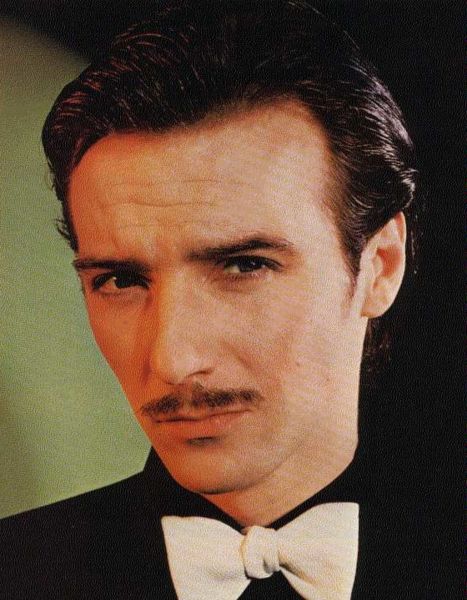I’ve always loved Ultravox since I first heard “Vienna” in the early 1980s. However, my musical education from the New Musical Express (which, as I mentioned before, kind of fucked me up) quickly impressed upon me that Ultravox were actually fey pompous bourgeois muso popstars. (Just earning three of those five modifiers would ensure a critical death sentence in the NME.) So Ultravox stayed a guilty pleasure that I shared with others only in complete confidence until a couple of revelations changed my impression of them.
The first was learning about how Detroit techno’s pioneering DJs, the so-called Bellville three — Derrick May, Kevin Saunderson, and Juan Atkins — were deeply influenced by Ultravox. The minimal “Mr. X” is an obvious template, but even Ultravox’s lofty, pseudo-classical passages can be heard in the more, er, romantic sounds of Detroit techno, such as May’s “Strings of Life.” It’s easy and tempting to overstate how exotic Ultravox and other music from Britain’s new romantic scene would have been to Detroit techno originator’s; the Bellville Three were in fact suburban, middle-class American teenage boys when they encountered Ultravox, just like I was. Still, the geographic and racial distances between British pop music and Detroit’s funk scene at that time were substantial, and their musical crossing was both unanticipated and inspired. Detroit techno’s inheritance from the new romantics constitutes one of the great musical examples of cultural appropriation or (to cite Umberto Eco’s book) misreadings.
The second thing that changed my mind about Ultravox was one of the funniest anecdotes in Mark Paytress’s Siouxsie & The Banshees: The Authorized Biography. It’s told by bassist Steve Severin, relating an episode with their second guitarist, John McGeogh, circa 1981:
I went over to John’s house for dinner one Easter, when I was first getting to know him, and all his mates from Scottish bands were there — [The Skids’] Richard Jobson, [Ultravox’s] Midge Ure, the lot. Halfway through the meal someone lobbed a scaffold pole through the window and all the Scots, John included, got up as one, ran out of the house and started chasing the bloke who’d done it down the street. They came back with an assortment of bumps and brusises, but you just knew that the other bloke would have been a lot worse. We found out as we got to know him better that John did like a brawl from time to time, and once he’d got a few drinks inside him he’d usually find a way of getting himself into some sort of a fight. He never went looking for one, but wouldn’t shirk one if it came his way. He definitely wasn’t someone to cross.
Having never been to Scotland or investigated their culture in any serious way, I won’t even begin to speculate what this display of Scottish masculine aggression means. I just love imagining Midge Ure, with his pencil moustache and slicked hair, suddenly jumping out the door with his mates to beat the shit out of some “cunt.”
Now that I have that image stuck in my head, Midge Ure’s resemblance to a certain fictional Scottish pipsqueak with a psychotic rage is a little uncanny…
http://www.youtube.com/watch?v=I-HiZZ41zHY&feature=player_embedded


1 comment
Allyson says:
Aug 14, 2020
In ancient times, the Scots were called ‘Picts’ because of the pictures they would draw on their bodies which included blue paint to make them look more fierce. They were so vicious that they scared the ROMAN ARMY shitless. In AD 122 Emperor Hadrian ordered a wall built across the border of Scotland to keep them out of the Roman occupied south. Gotta be batshit crazy to terrorize the largest empire in history.
Love this article!